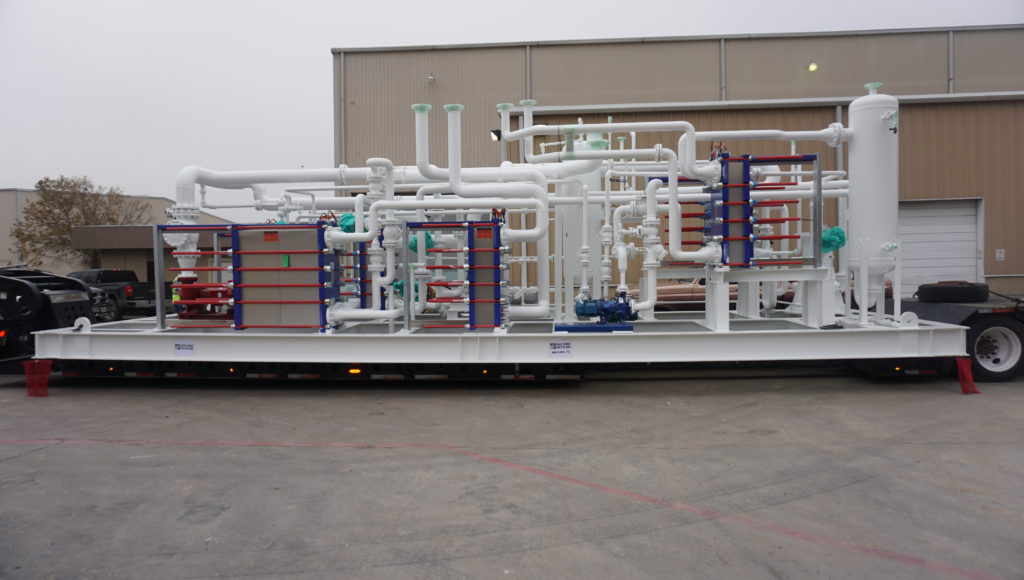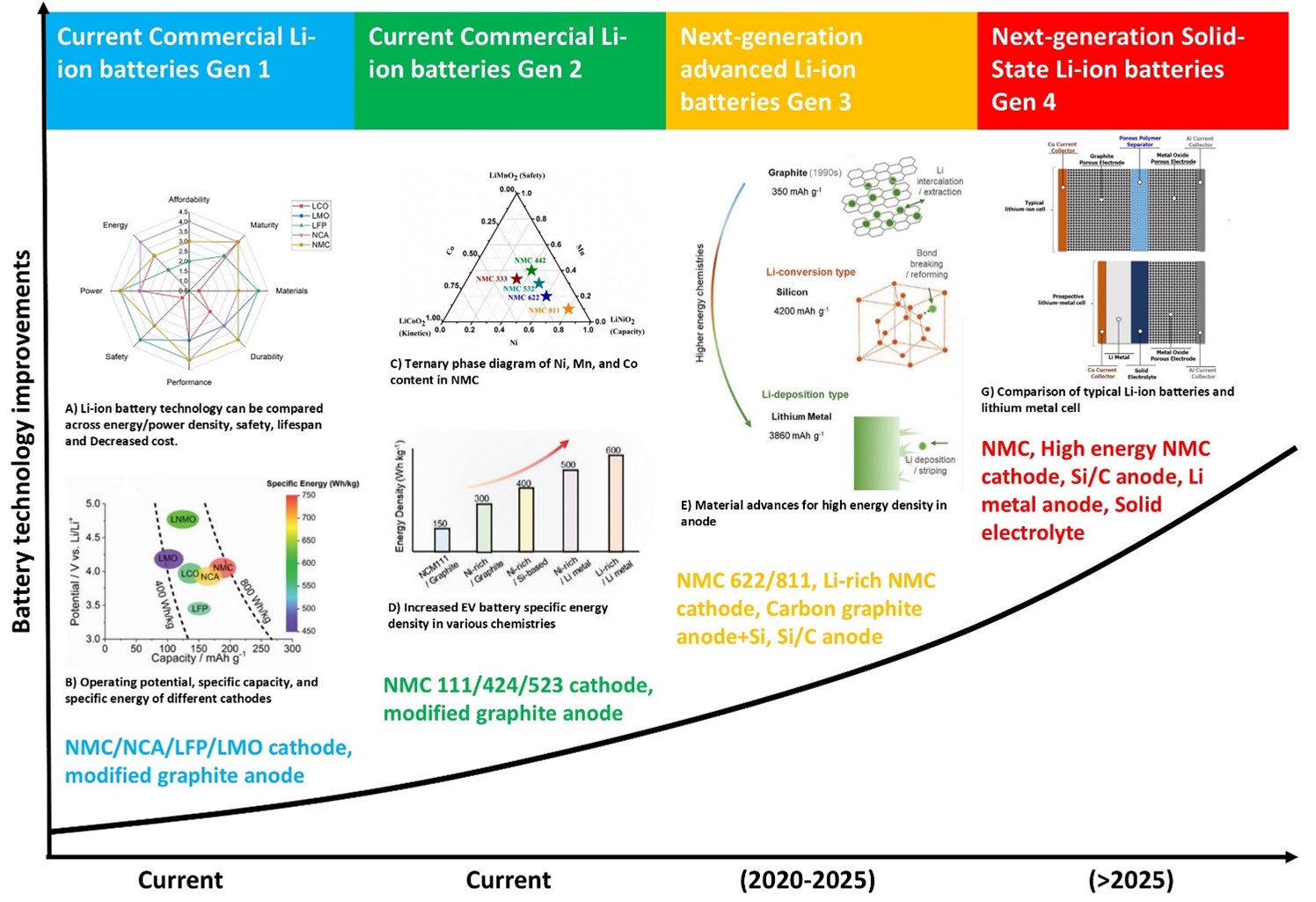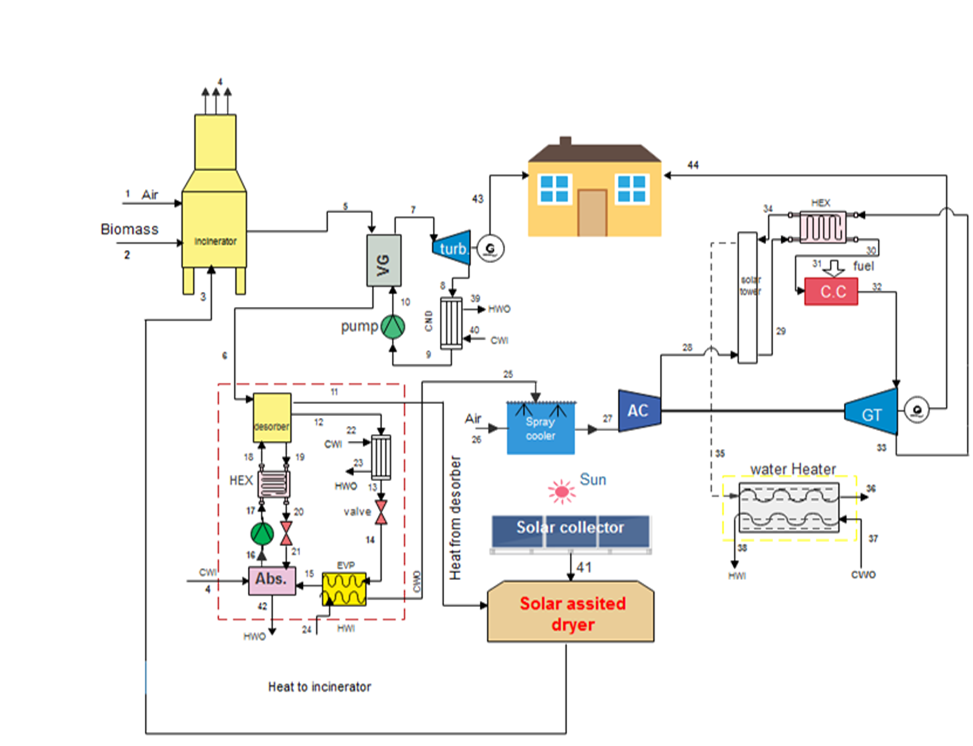Critical path method utilization for optimal scheduling of production activities

Downloads
Critical Path Method (CPM) is a useful method for scheduling activities involved in a project. CPM is suitable for large and complex projects in which many tasks are involved and the interrelationships among these tasks must be taken into account. Its efficacy can easily be transferred to the optimal scheduling of production engineering activities in order to save time involved in the project. It helps in identifying the sequence of jobs that determines the earliest possible completion date for the project. The knowledge of the critical jobs can aid in eliminating the fairly common and costly practice of rushing all jobs to reduce the total project time. Meanwhile, rushing only the critical jobs will have the desired effect of decreasing the total project time. In this study, the critical path method was utilized in scheduling activities involved in the production of a new product by a metalworks manufacturing company. The project activities involved making an initial market study which took 25 days, developing promotional ideas which took 22 days, estimating promotional costs which took 16 days, conducting initial pricing study which took 29 days, preparing a detailed design which took 30 days, manufacturing prototypes which took 14 days, making design changes which took 12 days and determination of the final selling price of the product which took 15 days. The critical path analysis revealed that the minimum allowable time and earliest possible completion date for the project is 96 days. This research provides a procedure for implementing the Critical Path Method for production activities scheduling.
O.K. Wofuru-Nyenke, T.A. Briggs, and D.O. Aikhuele, Advancements in sustainable manufacturing supply chain modelling: a review. Process Integration and Optimization for Sustainability, 2023. 7(1): pp. 3-27.
O. Wofuru-Nyenke and T. Briggs, Predicting demand in a bottled water supply chain using classical time series forecasting models. Journal of Future Sustainability, 2022. 2(2): pp. 65-80.
K.U. Ugoji, O.E. Isaac, B. Nkoi, and O. Wofuru-Nyenke, Improving the Operational Output of Marine Vessel Main Engine System through Cost Reduction using Reliability. International Journal of Engineering and Modern Technology (IJEMT), 2022. 8(2): pp. 36-52.
O.K. Wofuru-Nyenke, B. Nkoi, and F.E. Oparadike, Waste and Cost Reduction for a Water Bottling Process Using Lean Six Sigma. European Journal of Engineering and Technology Research, 2019. 4(12): pp. 71-77.
Z. Karaca and T. Onargan, The application of critical path method (CPM) in workflow schema of marble processing plants. Materials and manufacturing processes, 2007. 22(1): pp. 37-44.
S.N. Rosli, N.Y. Mohd Yassin, and S.N. Ishak, Critical path method and fuzzy logic for a project scheduling in basic t-shirt manufacturing. 2023, Universiti Teknologi MARA, Negeri Sembilan.
X. Huang, Y. Wong, Z. Liu, and Z. Qiu, Critical-path-analysis-based dynamic component supplier optimization. International Journal of Computer Integrated Manufacturing, 2005. 18(8): pp. 702-709.
O.K. Wofuru-Nyenke, Mechanized cover crop farming: Modern methods, equipment and technologies. Circular Agricultural Systems, 2023. 3(1).
H. Kerzner, Project Management: A Systems Approach to Planning, Scheduling, and Controlling, 13th Edition (2022), ISBN: 978-1-119-80537-3.















